TEACHING
. . . . . . . . . . . . .
Dennis DeHart is an Associate Professor of Fine Arts and the area program coordinator for photography at Washington State University.
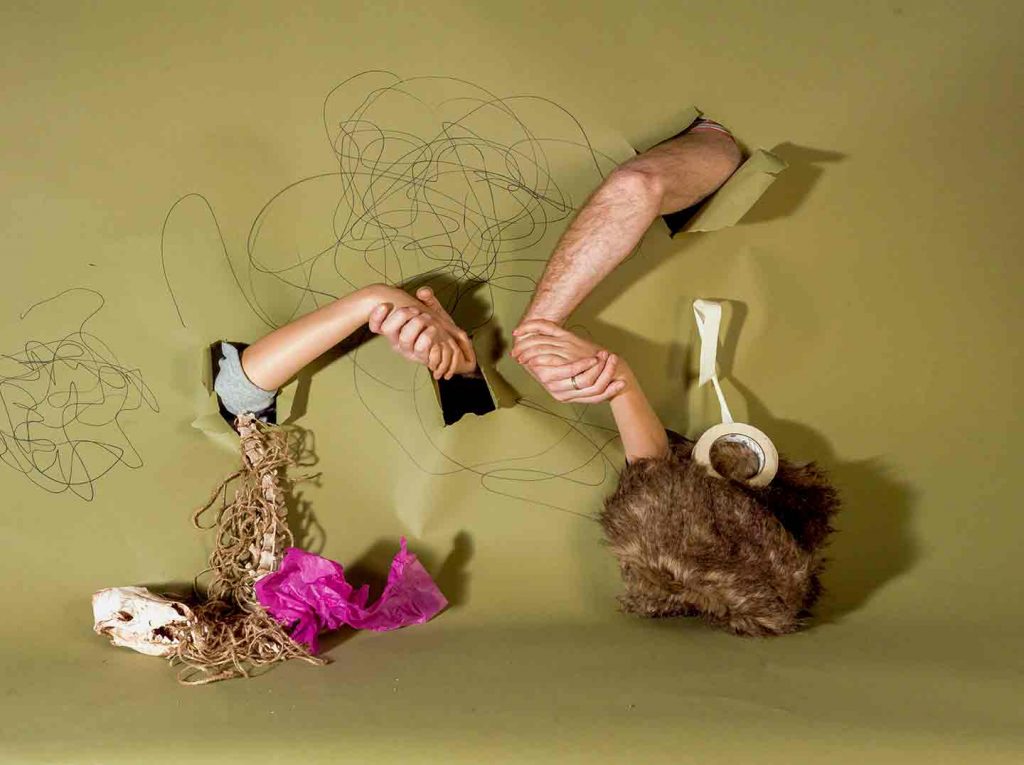
WSU Fine Art Photography Program
WSUPHOTOWORKS (Edited by Dennis DeHart)
Photography Area Mission Statement-Written by Dennis DeHart
Lens based imaging (photography) is the primary mode of visual communication in our highly globalized and networked world. The BA/BFA curriculum in photography focuses on the complexities of image production through studio art practices. This includes negotiating the multiple layers involved in the making/taking of images. Memorable photography strikes a balance between craft, form, content/concept, emotion, and expression. The photography area strives to empower students to become active and critically informed image-makers. While many of the tools and conceptual skills taught, are applicable to photography on a broad level, the areas primary focus is on photography within the Fine Art context.
MFA in Photography
Washington State University’s MFA in Photography program is selective and competitive. The MFA in Photography is part of the School of Fine Art’s broader studio arts MFA program. Our MFA is interdisciplinary and requires that students participate in critiques, classes, and exhibitions with MFA candidates in painting/drawing, sculpture/ceramics, printmaking, and new media. Students also study with a variety of faculty in disciplines outside their area including visiting artists and lecturers. Our students come from a variety of places including regionally, nationally, and internationally. Most recently we have had students from Germany, Iran, Japan, Egypt, and China.
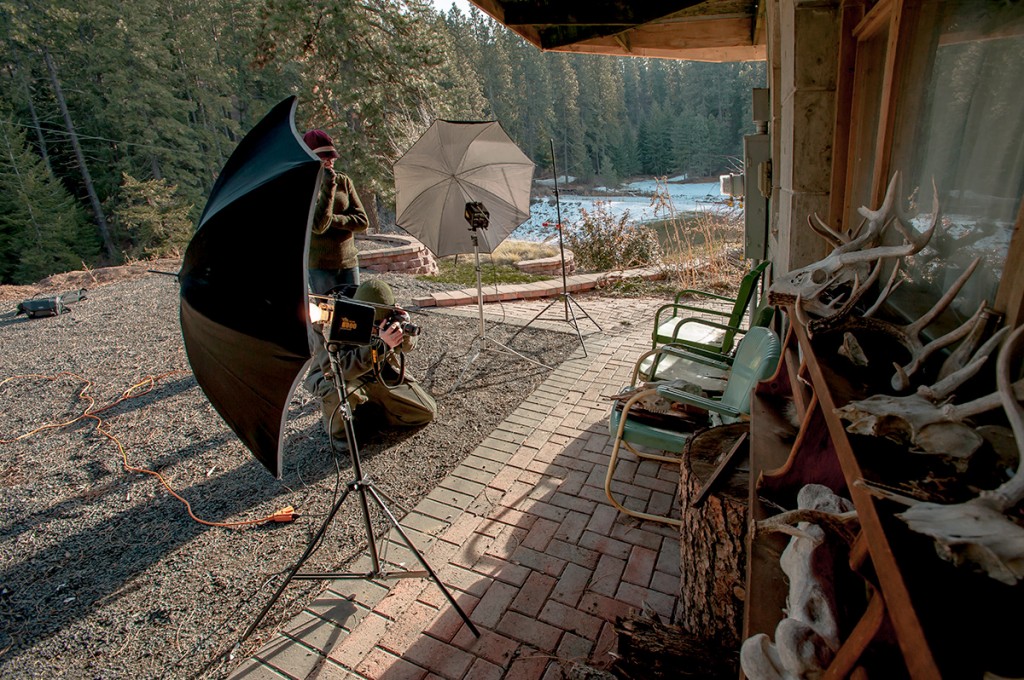
A selection of Courses I have taught over the last decade include:
Critical Practices-A team taught, Graduate/MFA level course focused on group and individual critiques, research, and seminar style discussion on various critical readings.
A History of the Future-Thematic based hybrid digital course focusing on production and concepts of the digital age
Place: Real and Imagined-Thematic based hybrid digital photo course focusing on digital photo techniques and the concept of place. Includes field trips and service learning component.
Studio Lighting-Advanced studio course focused on the fundamental techniques of studio lighting. Includes the use of studio and on locations studio strobes. Also advanced printing, sequencing, and conceptual assignments.
Color Photography-Foundations course in making and taking of color photography. Includes hybrid film/digital printmaking (non-darkroom)
Non-Silver/Alternative Processes Photography-Intensive course in the use of 19th photo processes including platinum palladium, cyanotypes, and salt printing. Also includes digital negatives, pinhole cameras, and toy cameras.
Digital Imaging-Foundations course in digital media/new technologies including time-based work, web, installation and print production
Video Art-Foundation in digital video technology including editing and shooting. Includes extensive viewing and reading on video as a unique art form .
A History of Photography-A thematic survey course on major themes, artists, movements, and concepts of photography.
Bookmaking as Art-A hybrid course that uses traditional and digital technologies to produce both unique objects of art, limited editions, and mass produced materials
Documentary Photography: Theory and Practice-A survey and technical course in the theory and production of documentary photography. Includes an extended semester project focused on chosen topic
Large Format Photography-A field based class in the southwest on the techniques, tools, and seeing of large format (4×5 and 8×10) photography
Statement of Teaching Philosophy-Dennis DeHart
A successful teaching philosophy must be multi-faceted, in accordance with the variety of factors involved in the educational process. This includes an awareness of the level of the students, the intention of the classes being offered, and the goals of the students. No one teaching style will meet all students needs, thus I rely on a variety of teaching strategies that combines oral, written, experiential, and visual examples. The more opportunities and kind of experiences students might have, the greater the provability that they will retain and grow.
Some of the strategies I employ include the balance of developing creative thinking with technical skills. I strive to challenge students to become empowered by their own learning experience and thus to become active learners and artists. I work to inspire students to find their own passion and voices, while simultaneously demonstrating how the balance of craft and expression will help them to articulate that voice. For those students with a more developed sense of self, I work to challenge and nurture these students, to move beyond what they readily know and commonly rely on, while simultaneously validating their experiences and knowledge.
Form/ craft, experience/ emotion, and concept/content, are some of the prime components in making art; I see each aspect as equally important and linked to the other. Stressing this connection to students at both the introductory and advanced levels reinforces the complexity of art making. I have high expectations and demands of my students, though I also recognize the challenges of art making through my own experiences, and thus see the ability to listen and adapt to students needs, as one of the keys to being an effective educator in the arts.
Innovations in Technology and Teaching

![]()
Inventing Authenticity, Link to video
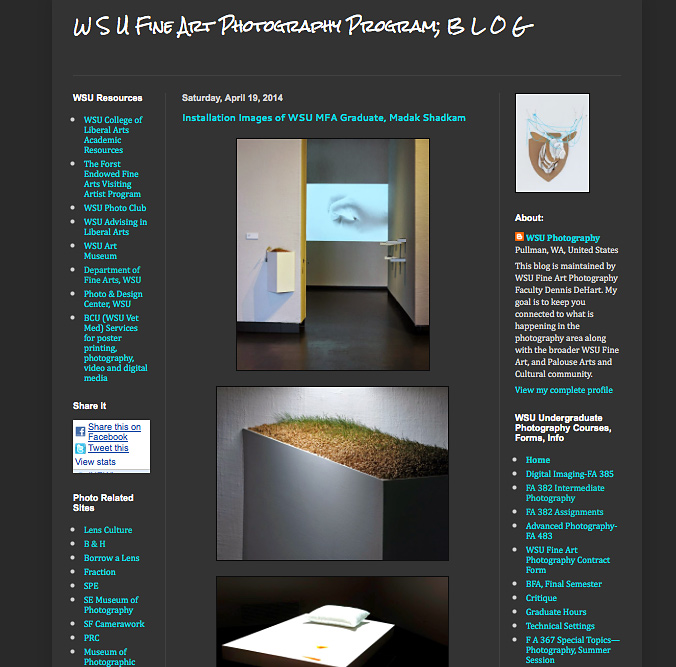 www.wsuphotography.blogspot.com
www.wsuphotography.blogspot.com
Sample collaborative student video project, Cupcakes, FA 382, Fall 2014
The above images include MFA, BFA, & BA student works in addition to images created during class workshops in 2014.
Hidden in Public View: Emerging Urban Photographers. A collaborative project with the WSU Art Museum and photography students from across the US including Parsons, The New School of Design, UC Long Beach, the University of Washington, Columbia College Chicago, Columbia Basin CC, and Washington State University. http://www.hiddeninpublicview.org/
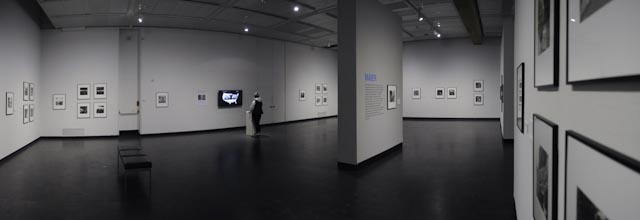 image courtesy of the WSU Art Museum
image courtesy of the WSU Art Museum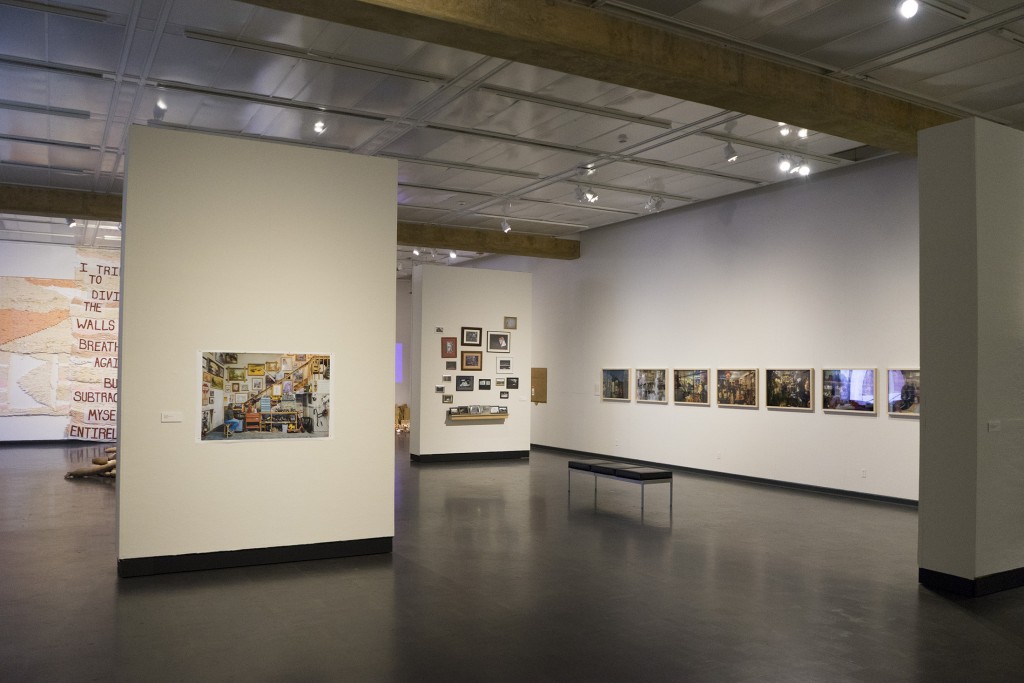 2015 MFA exhibition, photo Jamin Kuhn/ WSU Fine Arts
2015 MFA exhibition, photo Jamin Kuhn/ WSU Fine Arts
…………………………………………..
Below is a selection of student comments culled from WSU teaching evaluations during 2013-15.
“This class was very stimulating, loved it.”
“There was always something to learn! Funny guy.”
“Dennis is a wonderful photography teacher who is working with limited resources. He does a lot on his own and does a great job. Even with going to China and Finland it was an amazing semester.”
“I liked this class. For the most part Dennis is open to different views other than his own.”
“I loved the instructor.”
“I really enjoyed this class. I had to step outside my comfort zone and learn new techniques, but I had a blast doing it.”
“Dennis was always willing to help individuals who needed help and he was open to different points of view about photography. His lectures taught us a lot too.”
“I would be happy to take another class from Dennis because he is a kind, caring, knowledgeable instructor and I learned a lot.”
“Good class, great teacher.”
“This was a fun class! I really enjoyed all the projects/assignments.”
“Dennis is a very good instructor. he knows a lot on photography, and is very helpful without being pushy about his own ideas. I learned a lot in this course.”
“I really liked this course and loved having Dennis as a professor. I’ve never had so much fun in an art class.”
“Dennis is a very knowledgeable teacher. He is there to help out when you need.”
……………………………………………………………………………………
“I stress to my students, the difference in the conscious act of making a picture as opposed to a taking a picture. I correlate taking a picture as passive and a form of recording. Making a picture is fundamentally an active process that is about conscious choices, which includes framing the image technically, conceptually, emotionally, aesthetically and formally. My goal for students is that through acts of making, the process will lead to discovery, which is at the core of successful art production.”-Dennis DeHart
WSU Photography area website/blog: http://www.wsuphotography.blogspot.com
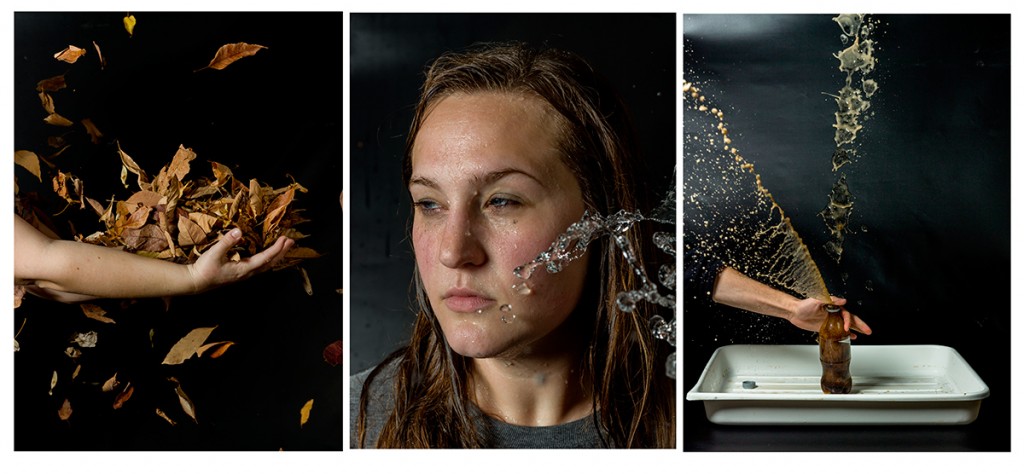

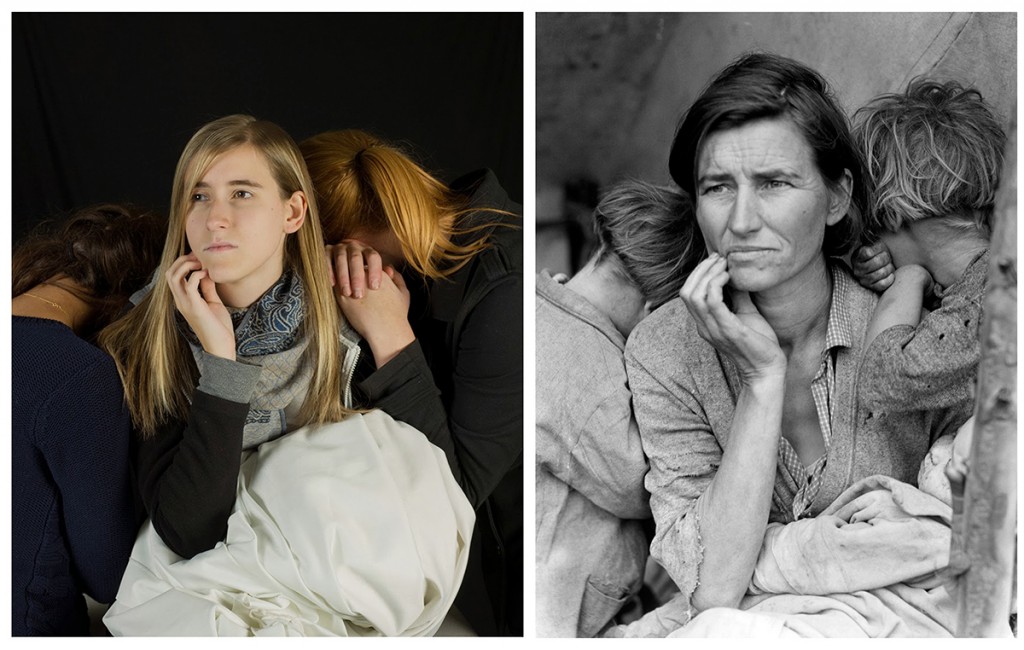
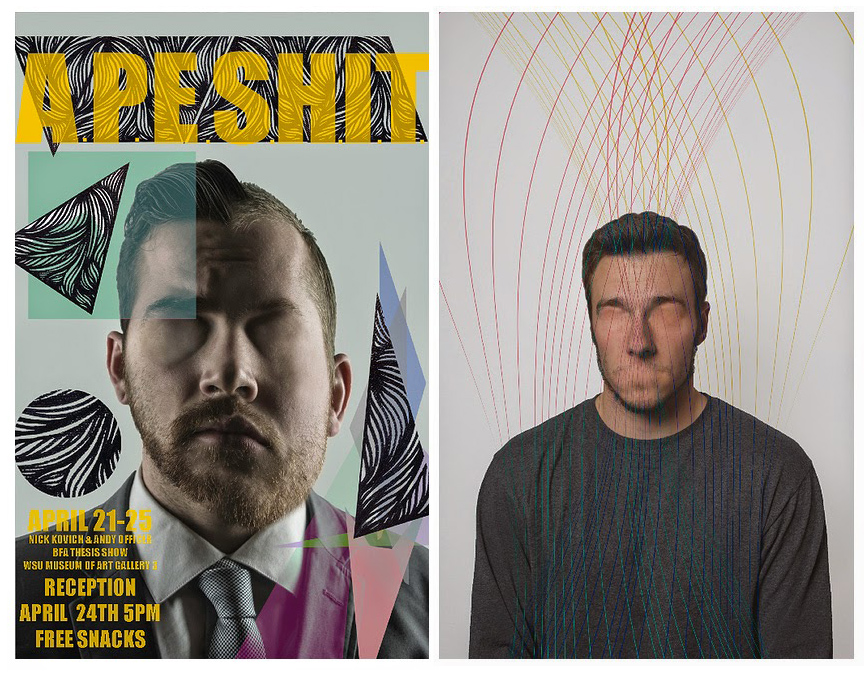
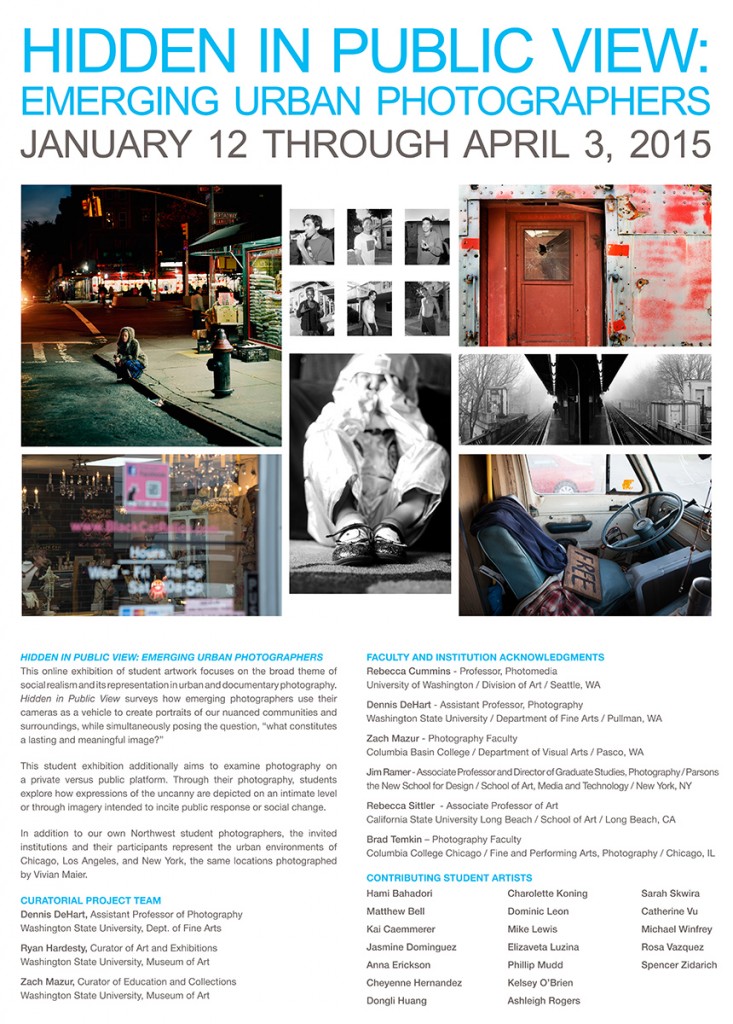
One thought on “teaching”